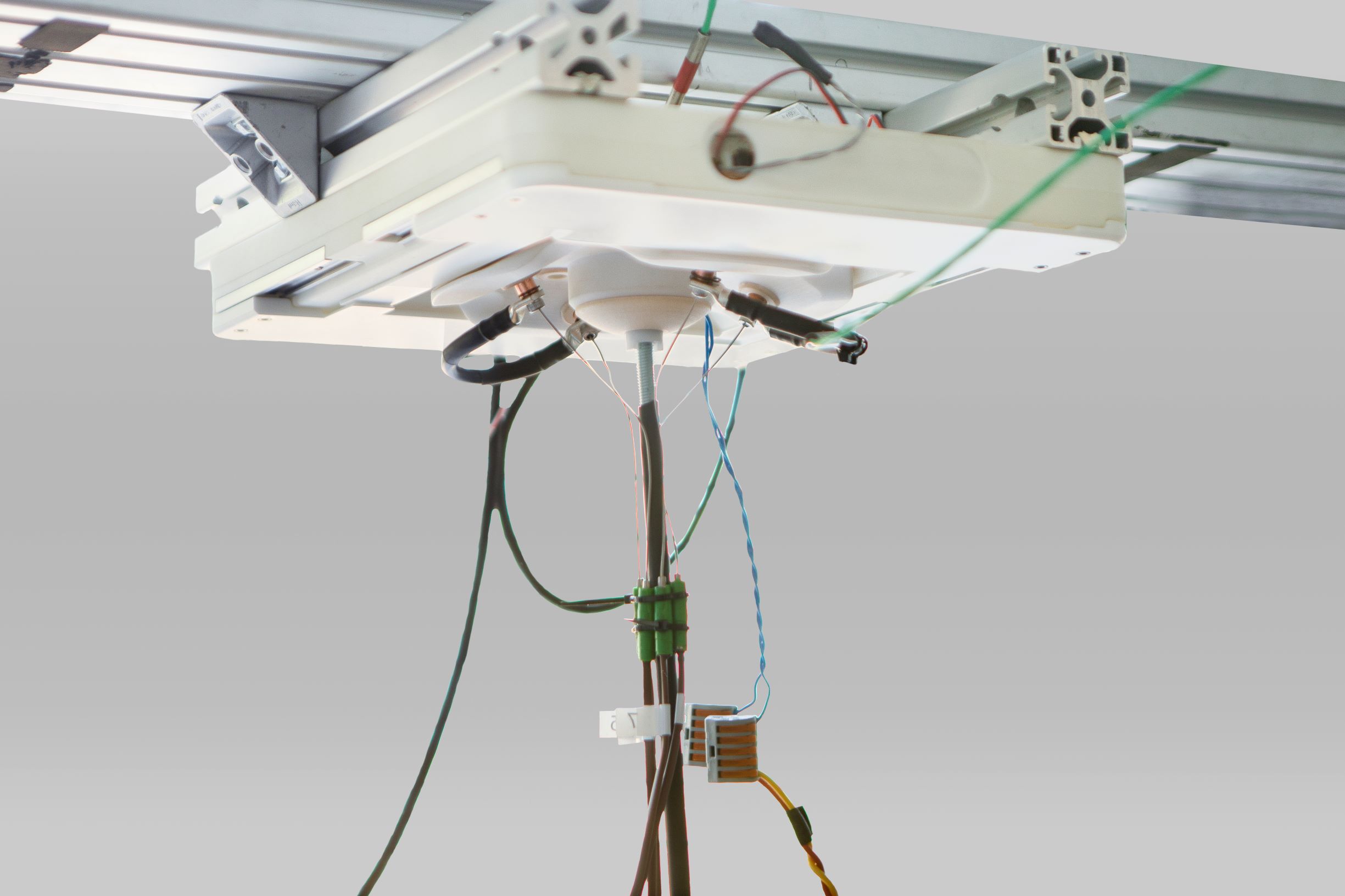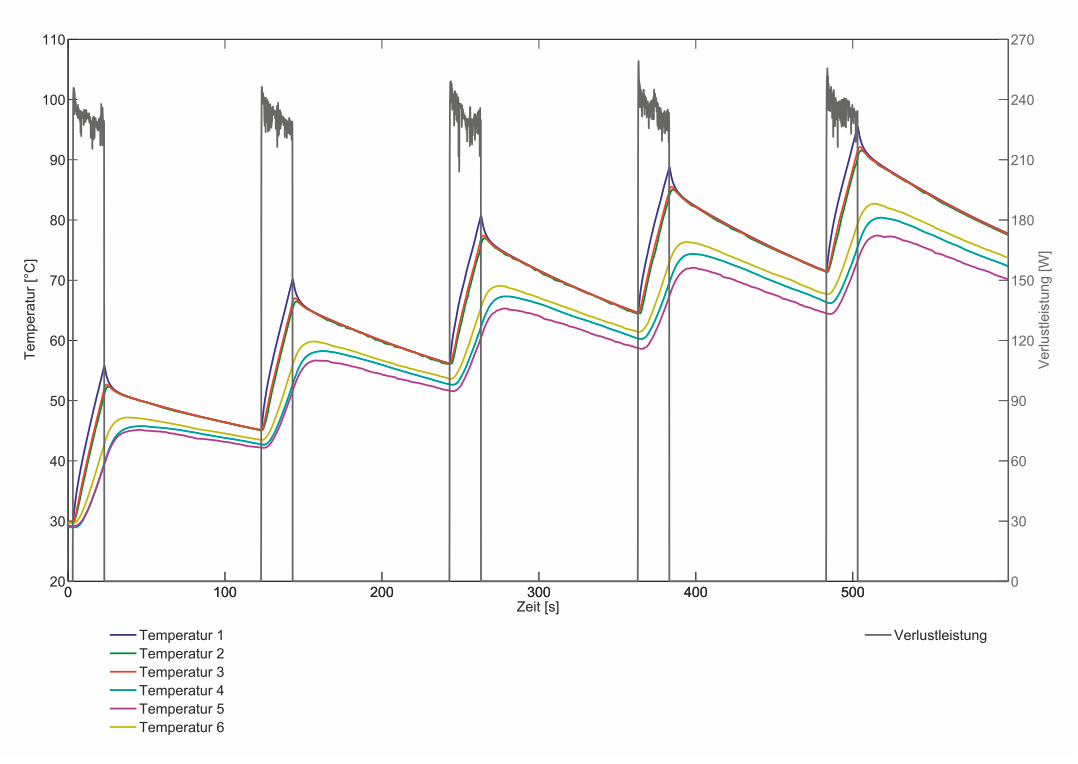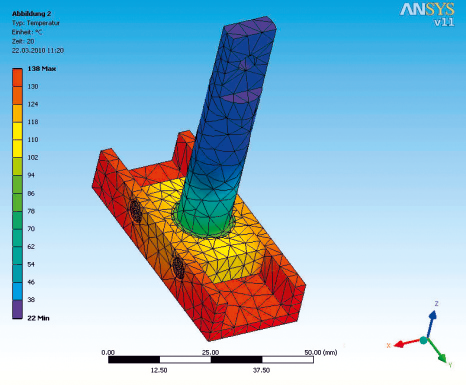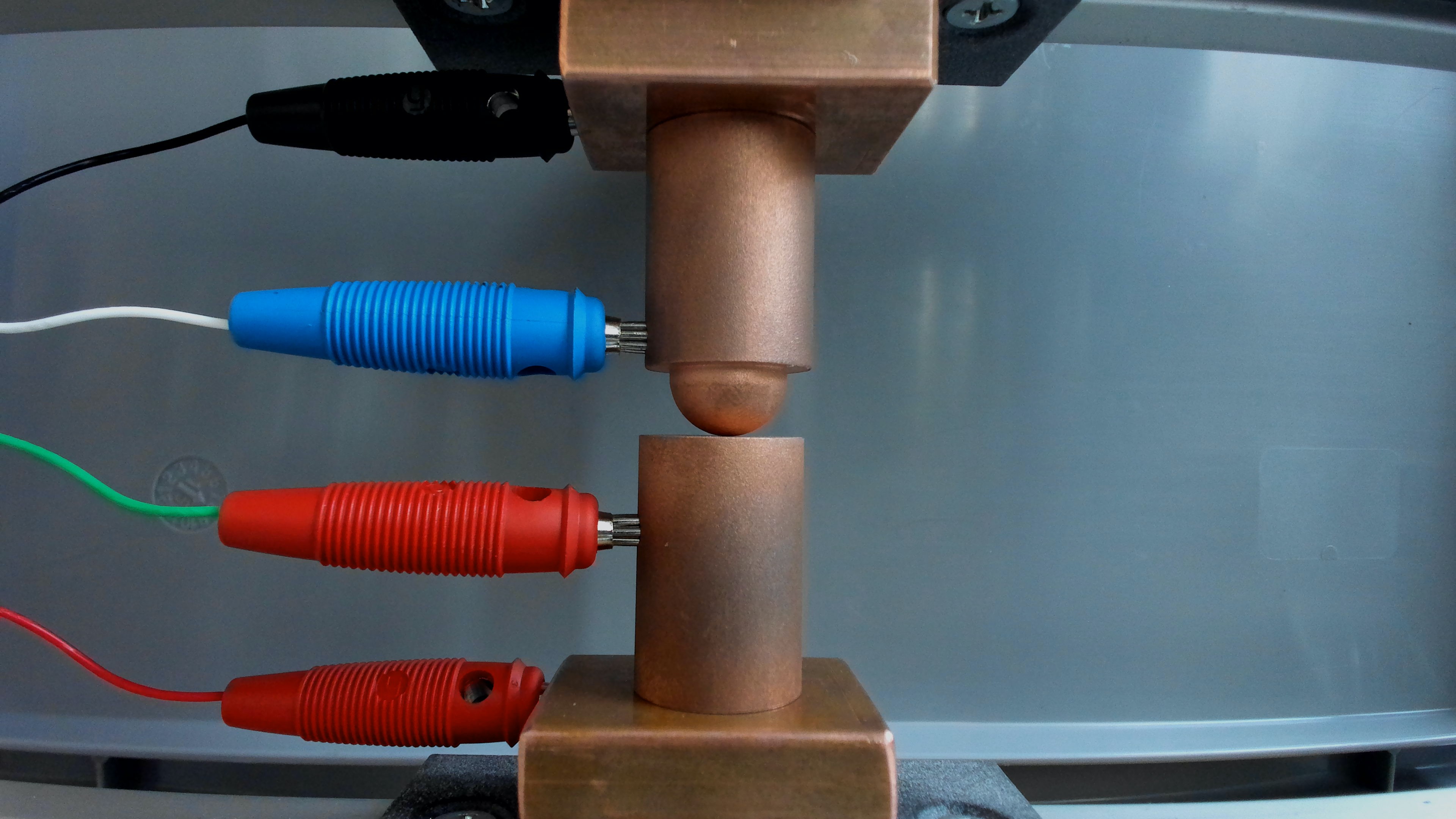Outset
The percentage of electrically driven vehicles in road traffic is increasing steadily. One important prerequisite for making this type of vehicle drive more attractive is a fast recharging option for the vehicles’ on-board energy storage units.
In order to keep charging times short, high charging power is needed, which means that high currents to occur at contact points. Due to the physically inevitable contact resistance, there is also a massive voltage drop at contact points. The result of a voltage drop is a loss of useful energy: because the energy is converted to heat at the contact point, it is no longer available for the charging process. Instead, the components heat up, resulting in an increased thermal and mechanical wear or even a breakdown of the overall system.



